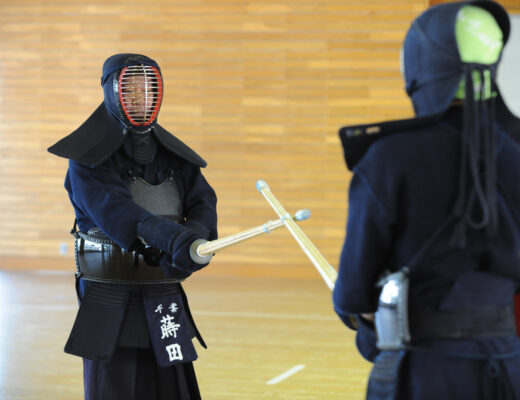2009.01 KENDOJIDAI
In 1984, Makita Minoru was hired by the International Budo University as an assistant professor at its opening. This university specializes in training kendo instructors, and his students are active in the world of Kendo in the Heisei era, including Teramoto Shoji (winner of the 55th All Japan Kendo Championship) and Wako Daisuke (runner-up in the 56th All Japan Kendo Championship).
As an athlete, he has also won the World Championship and won second place in the All Japan Kendo Federation’s 50th Anniversary 8th Dan Tournament. Makita Sensei will share with you his experience of teaching and competing in Kendo.
Part 1: The purpose of Kendo training
Part 2: Synchronizing Seme and striking
Part 3: Shikake-waza
Part 4: Oji-waza
Part 5: Benefits of Suburi for competitive scenarios
Part 6: Tips for Dan examinations
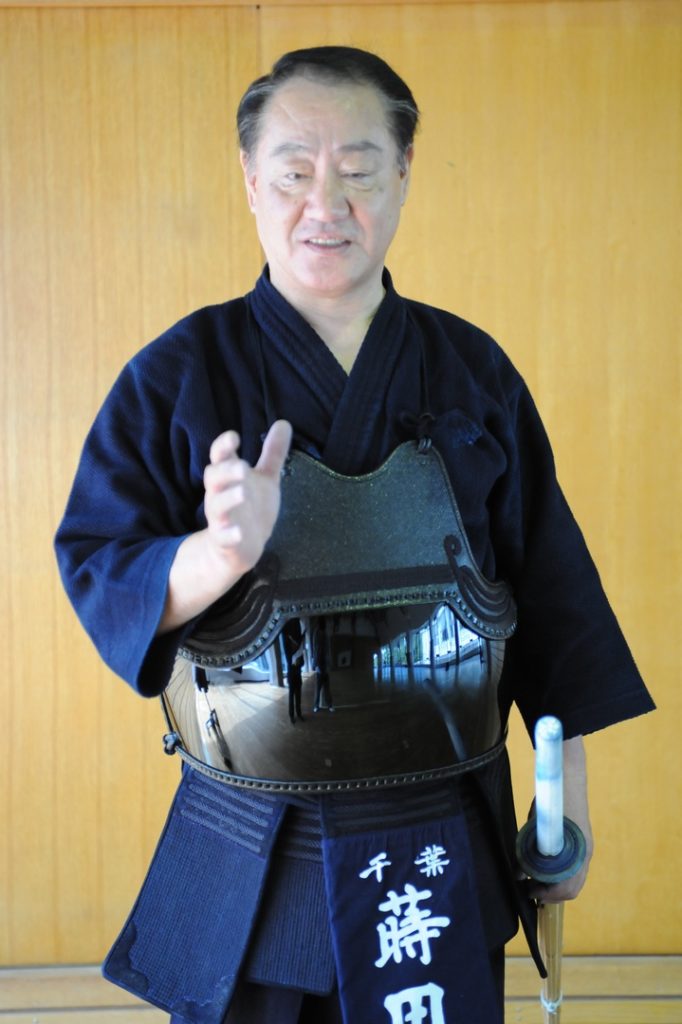
Makita Minoru, 8th Dan Kyoshi
Born in 1948 in Osaka Prefecture and went on to study at PL Gakuen High School and Tokai University. When the International Budo University opened in 1984, he became an assistant professor there. He participated in the WKC becoming the individual champion, took second place in the AJKF 8th Dan 50th Anniversary Championship and participated in the All Japan Championships, the Japan East West Tournament and the National Athletic Meet. He is currently the vice president of International Budo University and Kendo Club Instructor.
Part 3: Shikake-waza
In order to set up and strike, it is important to apply Seme and disrupt the opponent. As Kendo teaches, “Win first, then strike”, Seme is important. If you don’t perform techniques with Seme, they will not only be strikes without value, but also give an opening to your opponent. As you can see from the fact that the majority of Kendo Shiai are decided by Shikake-waza, we cannot improve unless we thoroughly learn Shikake-waza based on a solid spirit. As I explained in the previous part, the thing I am most careful about when I work on it is to strike when the opponent is about to get disrupted while applying Seme. Striking while applying Seme will lead to Tame, and you should perform Shikake-waza with this Tame. All the openings in Kendo are developed in situations where the opponent is about to strike or about to move his Kensaki up. Therefore, I believe the striking while applying Seme must be developed in a similar fashion.
Seme to the throat and taking the center before striking
Seme to the throat and striking Men:
Humans have a natural tendency to defend themselves against danger. Aim at the point of opening and strike Men
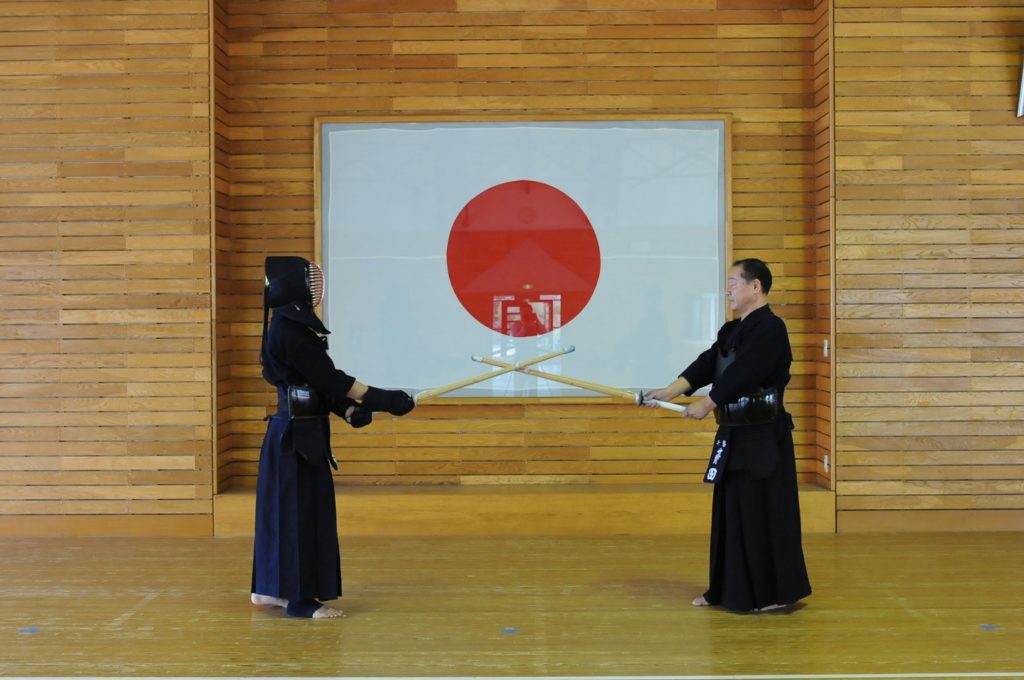

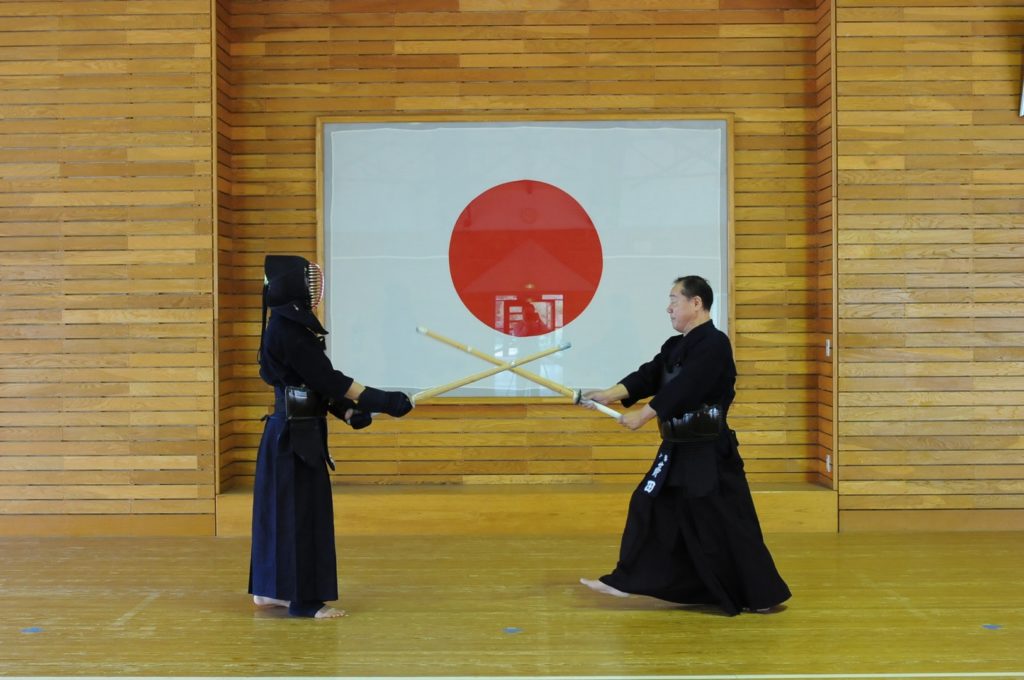

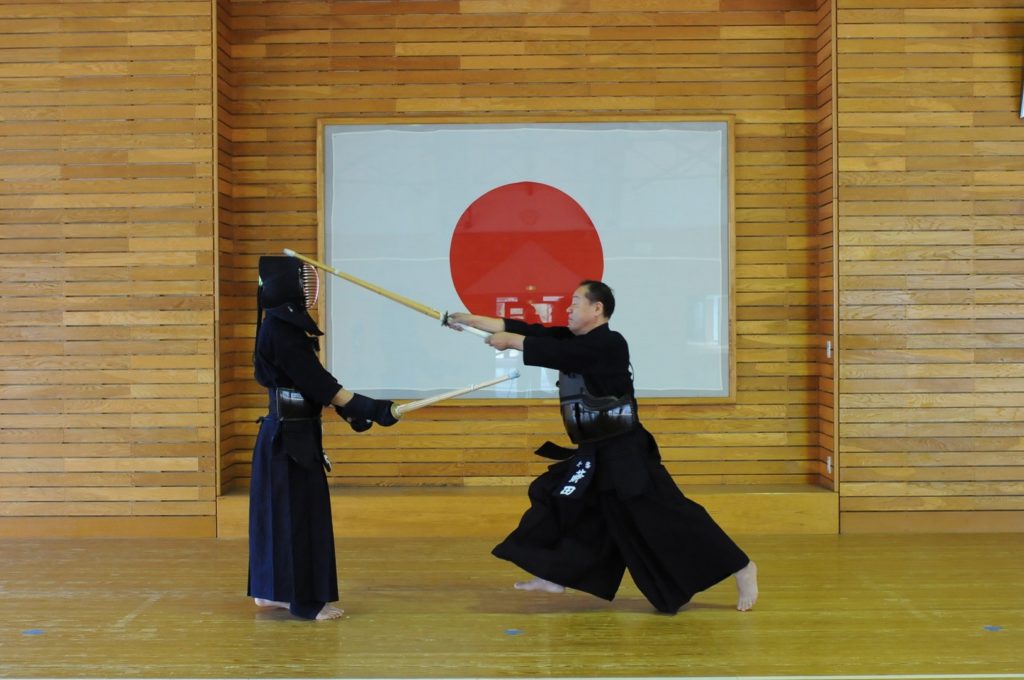
Attack the throat and take the center just before hitting it
Attacking the throat is a basic of Kendo. Depending on the opponent’s reaction, you can perform all the techniques of Men, Kote, Do and Tsuki. It is effective against all types of opponents. If you apply Seme to the throat, the opponent will react by opening their Kensaki or moving out reactively. If opened, you can strike Men or Tsuki, and when he comes out, you can create a striking opportunity such as Debana-Men or Debana-Kote.
When applying Seme to the throat, aim your Kensaki to the opponent’s throat and enter into striking distance with your right foot. In this case, when entering this distance, you should not take the center. If you take the center of the blade from the beginning, your opponent will be alerted that you may strike and take a defensive stance such as going out of striking distance. This will not create an opportunity to strike.
Therefore, you rub your Shinai along the Shinogi of the opponent’s Shinai and take the center just before you are about to strike. If you do this, you can give your opponent a sense of fear of being hit or danger when you are about to strike. When you put your right foot out, imagine that you are pushing your right foot out with your left hip. If you thrust your right leg out unnecessarily, your foot width will be wider than necessary and you will lose your posture, so be aware of your left hip.
When striking Men because the opponent’s Kensaki opens, it is important to strike when it is about to open. Humans have a natural tendency to defend when threatened. Therefore, even if you strike the moment your opponent opens his Kensaki, it will be closed by the time you reach the striking target. He may block your strike, or worse, counter attack.
When he moves out towards you as well, you must aim the moment he is about to do so. You can’t strike the Debana anymore once he comes out. Slightly loosen the Kensaki to make him want to strike and then draw out his technique. As the opponent advances his Maai, you will have to strike a bit closer than usual. Especially in the case of Kote, you can easily lose your posture, so it is important to follow it through as you do when you strike Men.
Seme to the throat and strike Kote:
The rest of this article is only available for Kendo Jidai International subscribers!




